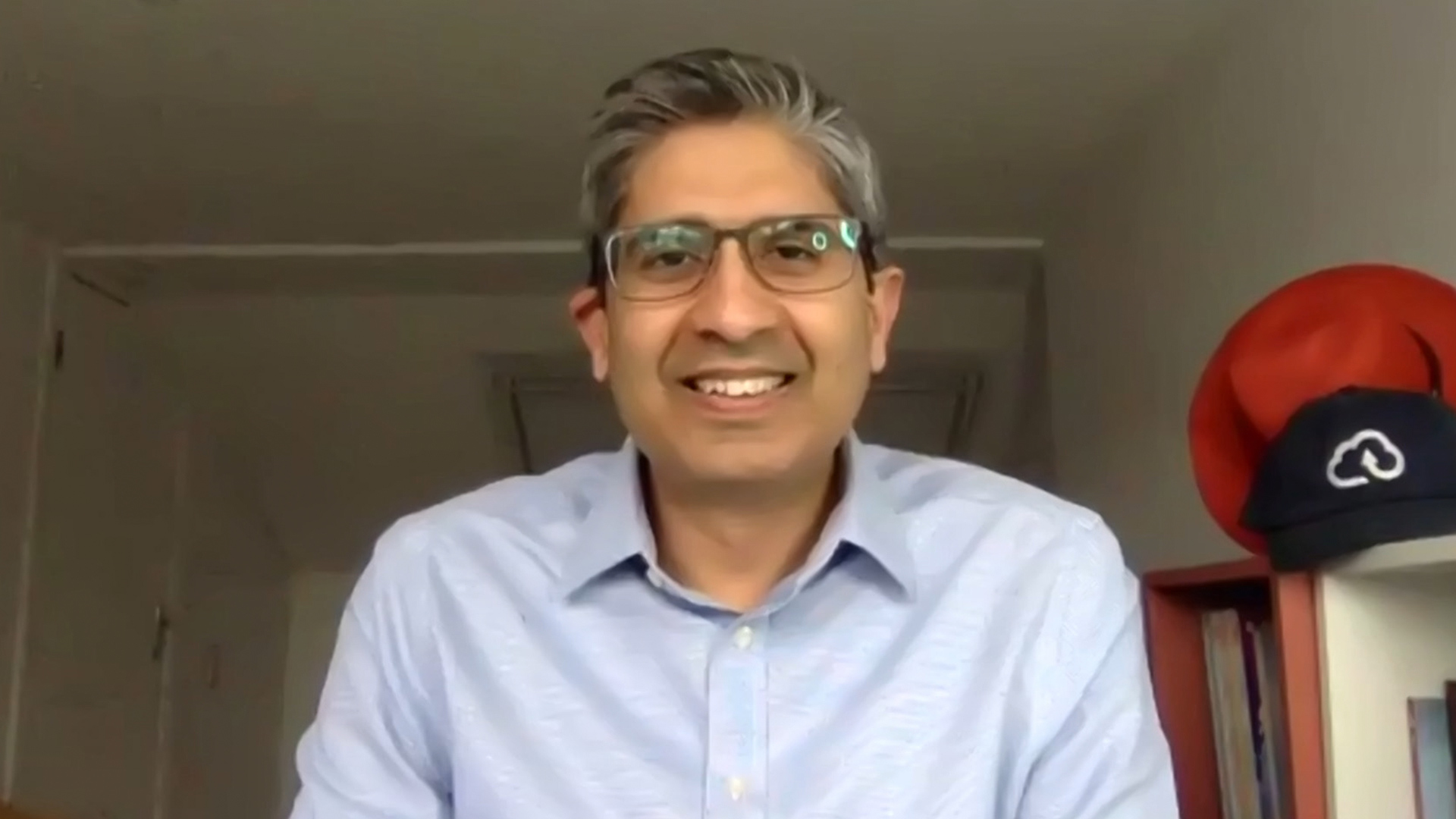 CLOUD
CLOUD
 CLOUD
CLOUD
 CLOUD
CLOUD
As more and more enterprises talk about a cloud-first strategy with hybrid multicloud architecture, what does this all truly mean?
While there are many different starting points for an enterprise to embark upon a cloud-enabled transformation — like reducing technical debt and costs and changing working practices in an organization — it is a holistic business strategy that is important to consider, according to Varun Bijlani (pictured), general manager and managing partner of IBM Corp.’s hybrid cloud transformation.
“It’s less about the journey to the cloud, and it’s more important what you do when you get there,” Bijlani said. “We are seeing that when leaders anchor their transformation on such a holistic strategy, they are driving towards two-and-a-half times increased economic return.”
Bijlani spoke with Dave Vellante, host of theCUBE, SiliconANGLE Media’s livestreaming studio, during IBM Think. They discussed hybrid cloud and what companies need to think to best utilize hybrid or multicloud strategies. (* Disclosure below.)
A holistic business strategy means that a business is cultivating cloud for business outcomes both topline and bottom-line. This means that it’s important to create new ecosystems, ideas and platforms in one’s business, along with accessing value from those ecosystems and innovation, according to Bijlani.
“As we work with clients, we are seeing increasingly value coming from open innovation,” Bijlani said. “What I mean by that is: expanded revenue opportunities with broad ecosystems; new ideas, new platforms and increased time to market.”
This requires open hybrid multicloud architecture. Compared to a singular public cloud strategy, businesses are able to drive impact across multiple dimensions with hybrid, according to Bijlani. And while in the past, digital and artificial intelligence were about consumer-driven innovation, it must change to enterprise-driven innovation, embedding AI into businesses at scale.
“[Businesses] are now realizing that they need to look at their core portfolio, their mission-critical applications,” Bijlani said. “Ninety percent of companies were on the cloud in 2019, but in all estimates, only about 20% of their workloads actually move to the cloud.”
Once a company is truly aligning hybrid cloud with business outcomes, then they must clarify their target architecture and portfolio while accelerating the journey with the right methods, tools and patterns, as Bijlani described. And most important, delivery happens via an improved operating model.
“[Create a] consistent operating model. How should the ways of working actually change on the ground? How should platform engineering and the application teams work together? The consistent security approach, and especially for companies that are looking at real complex mission-critical workloads to them, that becomes even more important and in regulated environments,” Bijlani concluded
Here’s the complete video interview, part of SiliconANGLE’s and theCUBE’s coverage of IBM Think. (* Disclosure: TheCUBE is a paid media partner for IBM Think. Neither IBM, the sponsor for theCUBE’s event coverage, nor other sponsors have editorial control over content on theCUBE or SiliconANGLE.)
THANK YOU